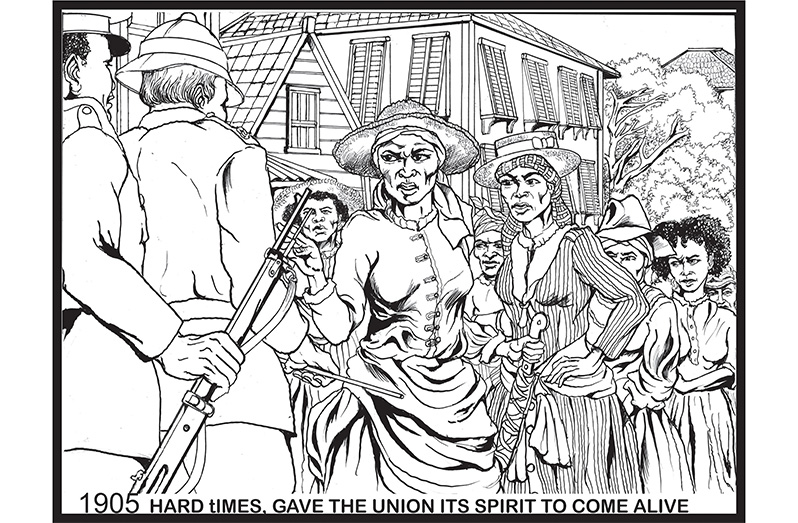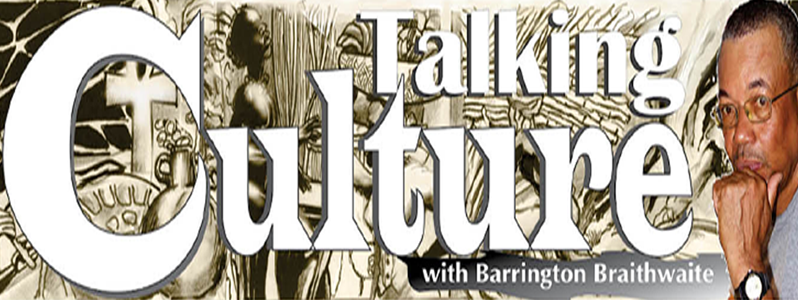MAY DAY is celebrated wherever workers’ rights—both financial and humane treatment—became a struggle for which blood-stained footsteps were the only option towards achieving some level of being acknowledged as human.
Some years ago, I was told of a struggle that had commenced in Georgetown, one that became significant in the years that followed. A brother and sister were shot by state forces. I was told their surname was Braithwaite, but their first names escape me now, and all the teachers who once shared this are gone. Somehow, they still haunt me—this event does. I raised it once, but perhaps I was distracted, and yes, over the years, other things overpowered the details of those memories.
This incident occurred in 1905. Possibly it was spoken of and I was distracted, because the first mention of the 1905 incident that woke me up to those memories did not come from a trade unionist, but from my friend Kemani Nehusi, then with a different name, Francis Drakes, through the Turkeyen History Gazette publication, 1990 on the causes of the protest of 1905. That publication enticed me with the clarity of the social framework at the time, allowing me to understand it in very clear language.
However, the causes were the obvious depression that the subjects of British Guiana were going through. But it was Walter Rodney’s incredible book, A History of the Guyanese Working People, 1881–1905 (1981), that truly spiralled my interest.

Rodney definitely had more access to archival records; he outlined the facts in detail and supported his references with comments made by colonial authorities. The gist of this article details the 1905 incidents with respect to the assumption that they remain seemingly obscure from the public dialogue of the current discourse. In honour of enlightening the current working class—and those who now walk the soil where these events occurred, involving all genders—1905 must not be forgotten.
1905 cannot be outlined in a column; its depth is far too complicated. However, what was significant were the conditions that prevailed, which propelled what evolved into an eruption that reached other colonies. What we learnt from 1905 was that Hubert Nathaniel Critchlow was about 21 years old then, and that he motivated the boys (young men) on the wharf to join the protest.
I thought about this because Jonathan Adams related to me that the story of the namesakes I have mentioned he had read of in the archives in Jamaica.
This is relevant now because a march around town does not impact the way actors and a narrative would impact a generation that has only a minuscule idea of, or about, where the whole idea of workers’ institutions emerged.
The history of workers’ rights is diminished by the absence of a modern vision from those engrained in its activities. It should change—and enrich—its tremendous worth.
De lamentables


.jpg)











